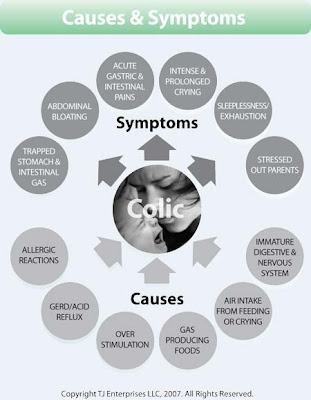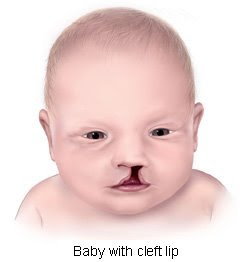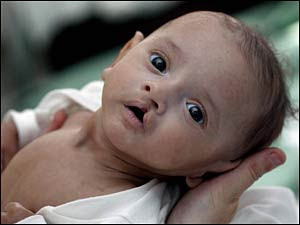Constipation and Abdominal Pain
Written by Mystic on Monday, May 12, 2008Other names :
Bound up.
Introduction :
Difficulty in passing firm faecal motions.
Types :
What are considered to be normal bowel habits varies dramatically from one person to another. Some consider it normal to pass a motion three times a day, others once a week. Provided there are no symptoms or complications, neither of these extremes requires treatment.
Cause :
There is no doubt that the most common causes of constipation are poor diet and poor toiletry habits. The excess intake of junk foods with little or no fibre and excess sugars, leaves nothing for the lower bowel to work on, and constipation results. The repeated postponement of nature’s call can lead to excessive distension of the lower gut, and dry hard stools. Once the gut becomes distended, the urge is reduced, and the problem becomes self perpetuating. Other causes of constipation vary from dehydration, inactivity (invalids in bed for long periods), pregnancy and the side effects of many medications (eg: codeine), to diseases as diverse as an underactive thyroid gland, gut tumours, psychiatric conditions and diabetes.
Incidence :
Everyone suffers from this problem at some time, but some more so than others. The incidence gradually increases with age and is far more common in the elderly than the young. To get some idea of how common the problem is in the community, just check a chemist’s shelves. There are scores of treatments available for the management of constipation.
Revention :
Once the constipation is relieved, preventing its recurrence is important. The best time to go to the toilet is after a large meal, because there is a reflex (the gastro-colic reflex) that stimulates the large bowel after the stomach is filled. Setting aside the time after the main meal of the day on a regular basis can often improve personal habits, and prevent considerable discomfort.
Investigations :
In severe cases, special x-rays of the lower gut, or a colonoscopy (passing a flexible tube through the anus into the gut) may be performed.
Course :
To be medically significant, constipation must cause discomfort in the abdomen, pain around the anus, bleeding, tears (both pronunciations of the word are appropriate), piles or some other problem.
Treatment :
The best way to deal with the problem is to change the diet. This involves avoiding white bread, pastries, biscuits, sweets and chocolates. Fibre containing foods such as cereals, vegetables, fruit and plenty of fluids should be taken. If dietary measures are not successful, fibre supplements may be used. These are available in tablet, liquid and granule form. Laxatives are the next step, but these should be used cautiously, particularly in children, as dependence can rapidly develop. Thesemedications vary in effectiveness and strength, but the weakest one to work is the best one to use. Paraffin, other oils, senna and cascara should be tried first. As a last resort, enemas may be used to clear out the lower gut, but once again, these should be used as infrequently as possible.
Complications :
Chronic constipation should not be ignored, but must be assessed by a doctor to ensure that there is no serious underlying cause. If a cause is found, that is treated; if no cause is found, the constipation itself is relieved.
What I need to know about Constipation



